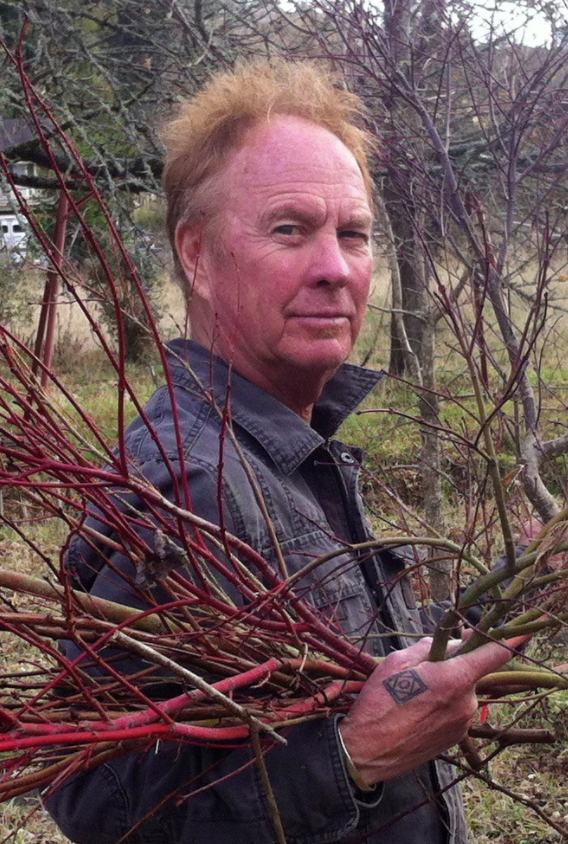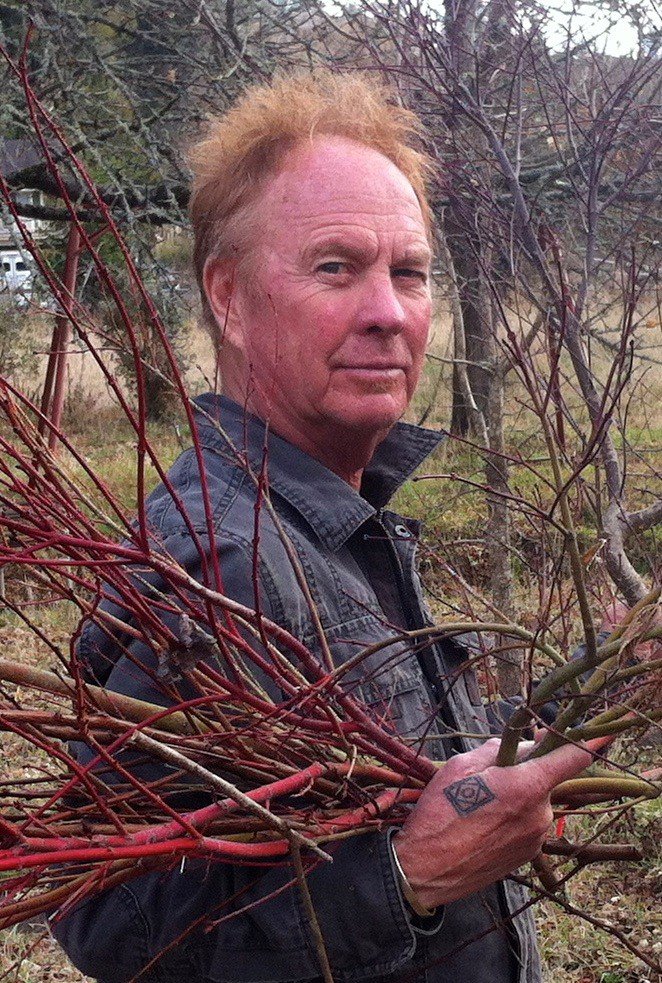Travel + Leisure Visits Osmosis And Tries The Cedar Enzyme Bath!
We were visited recently by a gifted writer, Boris Fishman, who was writing a story for Travel + Leisure about our region. Needless to say, we felt deeply grateful and excited!
The article was published in the February 2022 print



